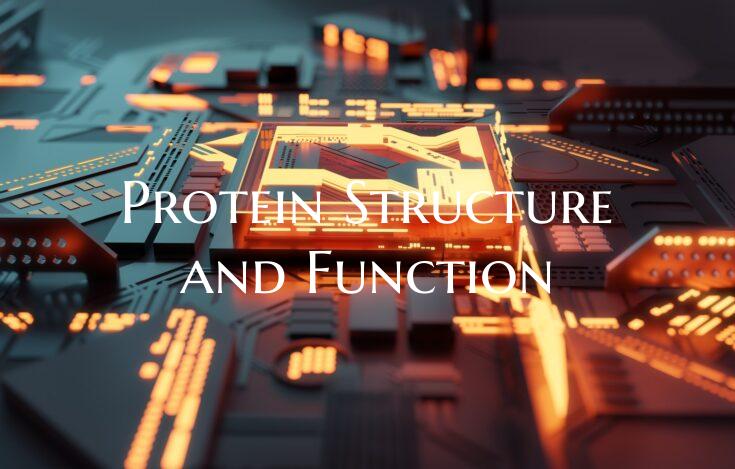Protein Structure and Function
Proteins are large, complex molecules that play essential roles in the human body. The structure of a protein is critical to its function, as the unique arrangement of amino acids in a protein determines its shape and the way it interacts with other molecules.
Proteins are made up of long chains of amino acids, which are linked together in a specific sequence. The sequence of amino acids in a protein is determined by the genetic information encoded in DNA. This primary structure of a protein is just the beginning of its complexity.
The structure of a protein goes beyond its linear sequence of amino acids. Proteins can fold into intricate three-dimensional shapes, which are crucial for their biological activity. The folding of a protein is driven by various forces, such as hydrogen bonds, hydrophobic interactions, and disulfide bonds. This folding process results in the protein adopting a specific shape, known as its tertiary structure.
Additionally, some proteins consist of multiple polypeptide chains that come together to form a functional protein complex. These subunits can assemble in precise arrangements to create larger protein structures with specialized functions.
The unique structure of a protein is directly linked to its function. Proteins serve a wide range of roles in the body, including enzymes that catalyze biochemical reactions, antibodies that defend against pathogens, and structural proteins that provide support to cells and tissues.
Understanding the structure and function of proteins is essential for advancing fields such as medicine, biochemistry, and genetics. Researchers continue to study protein structures to uncover new insights into how they work and develop new therapies to treat diseases.
In conclusion, protein structure and function are intricately connected, with the specific shape of a protein determining its biological activity. Studying proteins at the molecular level provides valuable insights into the fundamental processes of life and offers opportunities for future discoveries in science and medicine.

